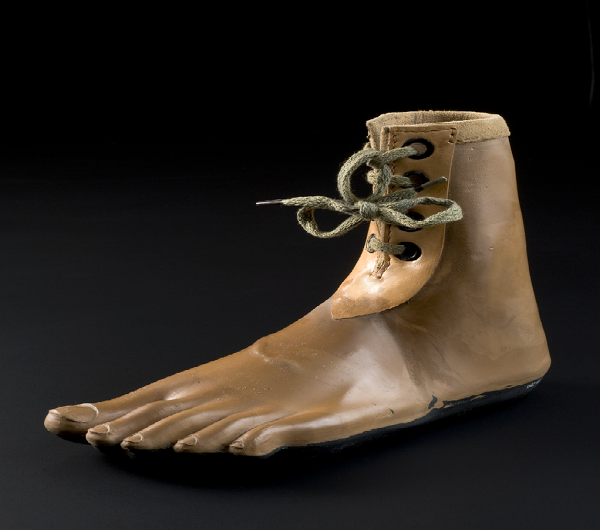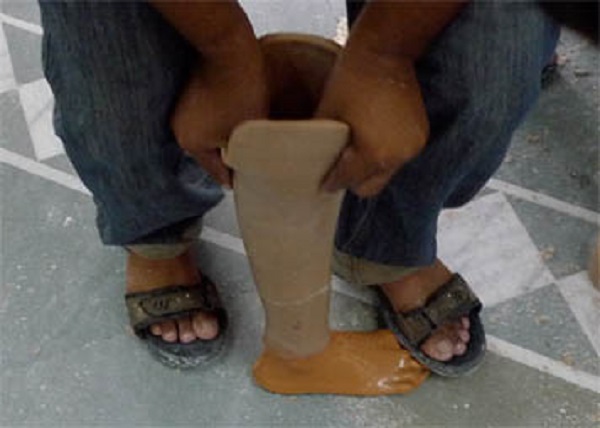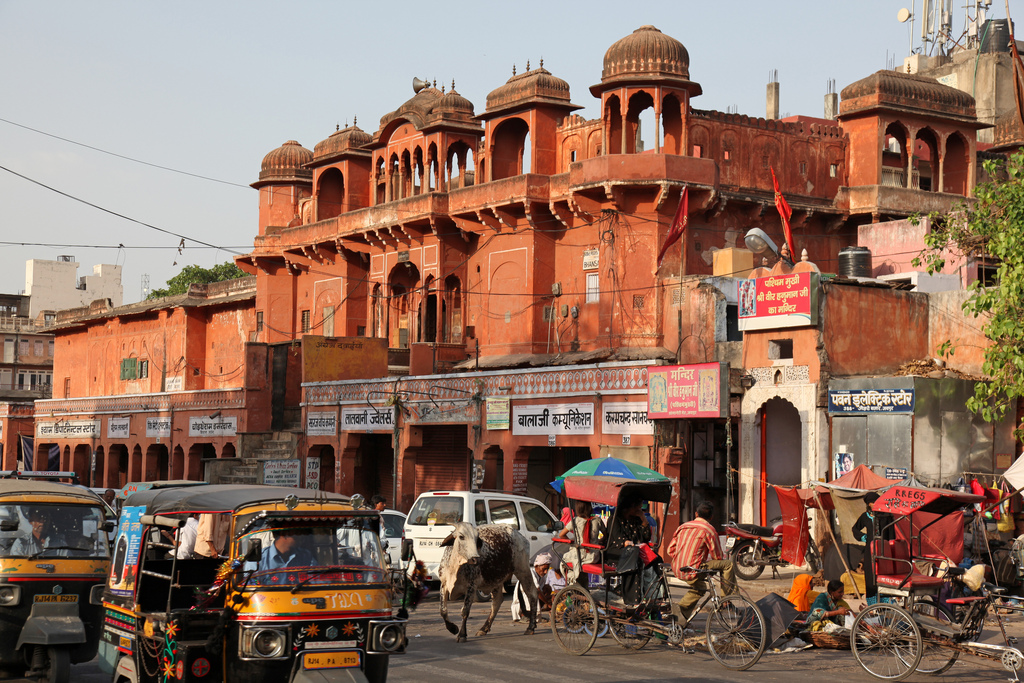In 1968 Pramaod Karan (PK) Sethi and Ram Chandra Sharma changed the lives of millions of people worldwide with a beautiful example of the Jugaad way of thinking – seeking smart, low-cost solutions to problems – that came to dominate much of Indian industry in the late 20th century.

Their creation was simple, a flexible prosthetic foot that cost only $45 to make. But the ‘Jaipur Foot’, as it became known, made prosthetics affordable for the first time, which was a blessing for some of society’s most disadvantaged people, amputees.
Today would have been PK Sethi’s 90th birthday, to mark the occasion we look at how the ‘Jaipur Foot’, an example of which is on display in our exhibition Illuminating India: 5000 Years of Science and Innovation, came to be.
Sethi started his career as a general surgeon, transferring to Orthopaedics in 1958, while working at the Sawai Mansingh Medical College in Jaipur. This career change wasn’t so much the result of personal interest, but simply because the Medical Council of India had declared the hospital required an Orthopaedics department. Despite this, he took a keen interest his new specialism and dedicated much of his time to treating and rehabilitating amputees.
It was while working in Jaipur that Sethi met Ram Chandra Sharma, a craftsman at the hospital. In 1968 Sharma approached Sethi to assist him with an idea he’d had for a new type of prosthetic, which he claimed had come to him after suffering a flat tire while cycling.

Unlike most prosthetics at the time, which were made of carbon fibre, the ‘Jaipur Foot’ was created using rubber, plastic and wood. This meant that the manufacturing costs were significantly lower, costing only $45 to produce, making prosthetics affordable to working people for the first time.
Not only did they cost less than their western equivalent, they were significantly more flexible as well, and didn’t require the wearer to use shoes. This made them more comfortable to wear, and more practical for everyday life in India where many people go barefoot.
This democratisation of artificial limbs has also allowed charities, such as Bhagwan Mahaveer Vikliang Sahayata Samiti (BMVSS), to produce the Jaipur Foot themselves, and distribute them for free to some of society’s most disadvantaged people. Since they were established in 1975 BMVSS have improved the lives of over 1.5million people in 27 countries worldwide.

Other charities, especially those working in warzones such as the International Red Cross, have also made use of the Jaipur Foot to treat casualties of war, particularly during the conflicts in Afghanistan and Kargil (Kashmir).
Sadly, Ram Chandra Sharma received little credit for his creation, largely due to his low social status. However, in 1981, in recognition of his work, and the role that the Jaipur Foot has played in increasing the quality of life for millions of people, Sethi was awarded both the Magsaysay Award for Community Leadership and the Padma Shri, the fourth highest civilian award in India. He was also later made a fellow of the Royal College of Surgeons.
Upon his death on 6 January 2008 India’s President Pratibha Patil honoured him, declaring that he “helped amputees to continue their lives without the feeling of inadequacy, for which he shall always be remembered”.
You can see an example of a Jaipur Foot prosthetic on display in our exhibition Illuminating India: 5000 Years of Science and Innovation, part of the Illuminating India Season, which runs until 31 March 2018.
Feature image: Jaipur Street. Photo Chris Brown (CC BY-SA 2.0)
